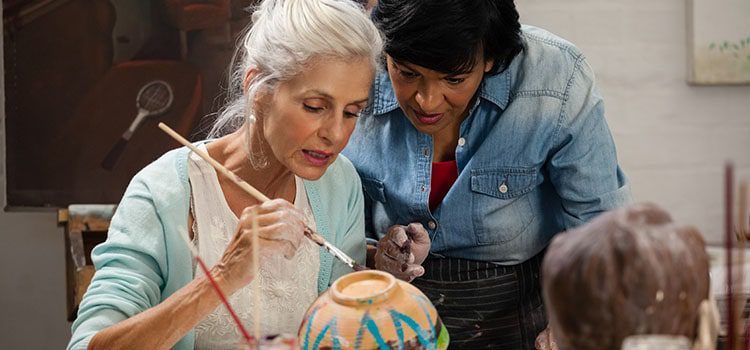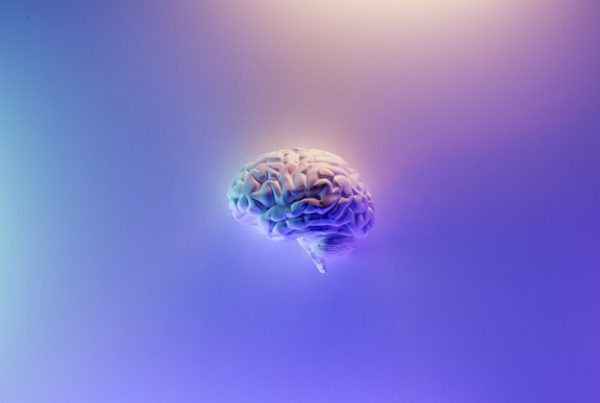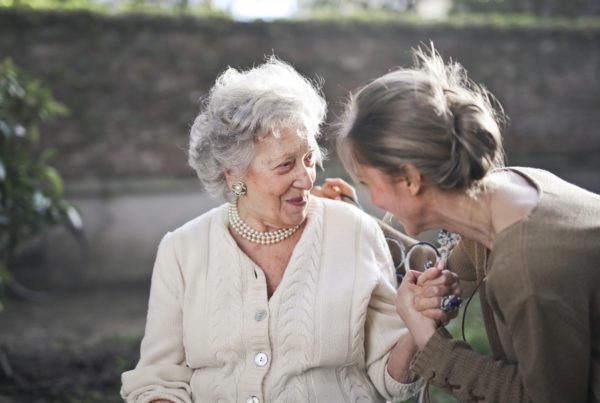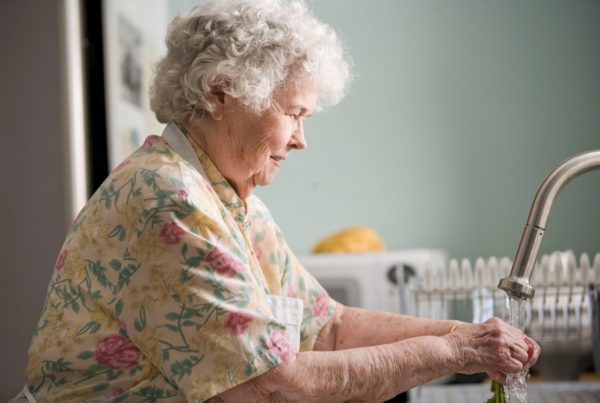Reminiscing is an important activity for people with dementia, it also helps friends and family to connect with the person. People with dementia find it easier to access memories from a long time ago, than those things that happened that day, or ten minutes ago. Activities that involve reminiscing ideally will be varied in sensory stimulation as this method is particularly effective.
Reminiscence can include music, looking through photos, objects from the past and tactile activities like pottery, painting and crafts. Here is a range of reminiscing activities for dementia that you can try at home.
Where to Start
Conversations about the past is a good starting point. It provides the opportunity to gain some insights into what the person enjoys remembering. Keeping notes of what is brought up will help you to put together the activities.
- When you ask about music, what songs pop in their head? Make a note of any lyrics they sing in case you don’t recognise the tune.
- Where did the person go dancing?
- What did they do when they went out or for entertainment?
- What things did they wear?
- Were they a fashionista?
- Did they like art, have any hobbies?
- What people were influential in their life?
- What did they do for work? Were they involved in any wars?
- Favourite television shows?
Music
Music can stir the senses, and it has been shown to effectively engage people with dementia. Once you have discovered the types of music the person enjoys, you will be able to find them on most music applications such as iTunes or Spotify. You can also use YouTube which may also provide visuals to go with the music.
Using musical instruments can also be a stimulating activity. You may find that the person cannot remember what they said just a minute ago but can remember how to play the piano. Singing is great for wellbeing, and they like to sing, perhaps print off some lyrics to their favourite songs so that you can prompt and sing along.
Images
From your list, you should be able to pull together some relevant images to spark memories and conversation. Try categorising them into types so that you can explore each subject, like Hollywood stars of the time, musicians and singers, world events, fashion, and images that are related to the person’s life. You can put together images then get them printed off, or have the collection on an iPad or laptop.
Items
Items can be a little harder to come by (and store) so you could try charity shops or use this as part of the images categories – things like an old hob kettle, toaster, any types of objects that would have been popular back in their time. You may be able to get access to the person’s keep sake items that you can both talk about. Touching and feeling items can be a great way to stimulate the senses.
Crafts
The best crafts to choose are ones that the person already has an interest in, or they used to do. You’ll probably find they will enjoy this activity again but may need help, or need the craft simplified or adapted, depending on what it was. If you are starting a new one, pottery or painting can be a great selection. The idea is to create sensory stimulation in an engaging way.
Try putting a memory book together using photographs and decorations.
Ongoing
Once you have discovered the person, and collected the things you need to have reminiscence sessions with them, you can continue these regularly. You will also find that during the activity, the person will recall other things from their past meaning you can keep adding to the collection.
Other Dementia Resources
If you found this article useful, you might like to read:




